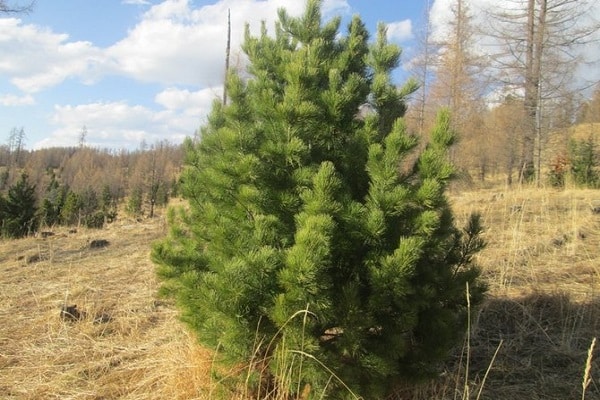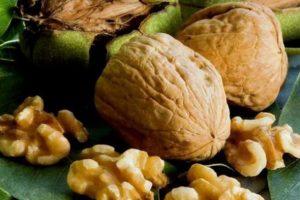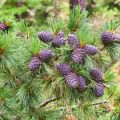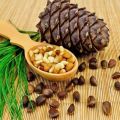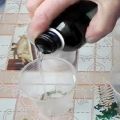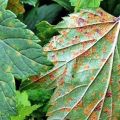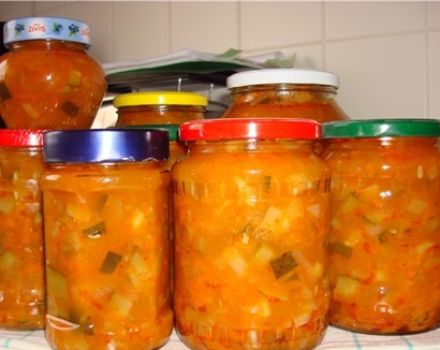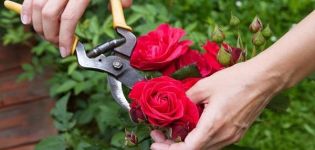Planting, growing and caring for a nut cedar at home
Cedars are one of the most beautiful conifers, symbolizing health and strength. And they are also recognized centenarians. They often live up to 500 years. These evergreen trees are often used to decorate garden and park landscapes. Many people buy annual seedlings and plant them on plots. But experienced gardeners know how to plant cedars at home and how to properly care for them.
What varieties are recommended to grow
The cultivated varieties of cedars have various sizes, shapes, colors and lengths of needles. Before choosing one or another variety for cultivation, it is worth getting acquainted with the types of tall cedars.
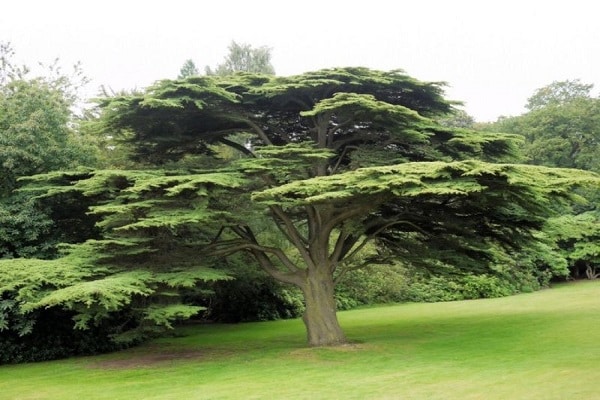
- Lebanese - mighty and spreading trees with branches growing horizontally. They grow slowly, so that by the age of 10 they reach a height of 2 meters.
- Himalayan - plants with drooping crowns, protruding tops and drooping branches. Slow growth, no more than 3 meters in 10 years.
- Atlas trees are powerful trees that need a large territory. Requires garters after landing in the ground.
- Cypriot - plants from the island of Cyprus, reaching in nature 40 meters in height.
At home
There are types of cedar that can be grown at home. For example, they are great for making bonsai. These include the valuable Himalayan cedar, as well as its Japanese "relatives".
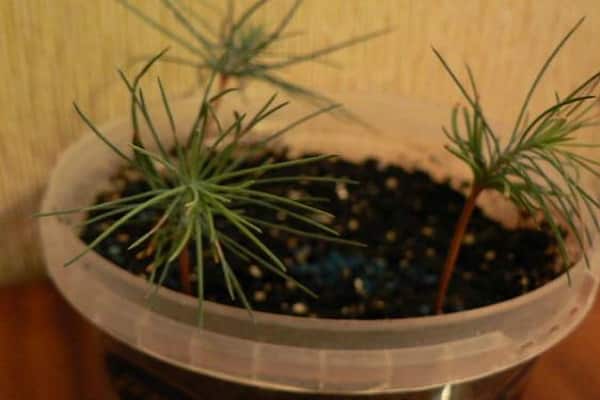
The difference between the Himalayan cedar is bent branches and needles of a light green hue. Under indoor conditions, they grow very slowly, have a small size of needles, but can acquire an exquisite appearance.
The dimensions of the Japanese cedar in the wild are such that the diameter of its trunk reaches 2 meters. Home-grown specimens are much more modest in size, but are not inferior in attractiveness.
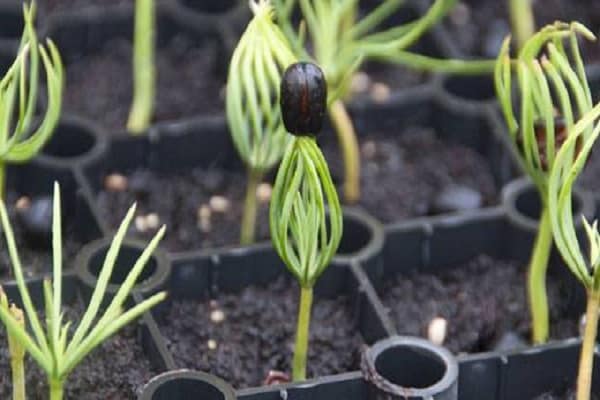
Outdoors
Siberian and Far Eastern cedars are suitable for open field cultivation. Breeders have developed varieties that are intended for planting in the garden.
- Siberian cedar is common in the eastern and western regions of Siberia, as well as in China, Mongolia and Kazakhstan. Now the varieties of Siberian cedar have been bred, which differ in the size and shape of the crown, the presence of edible fruits.
- Far Eastern cedars are hardy evergreens with a lifespan of 600 years. For 3-4 years, seedlings grow rather slowly and need special care, they can be planted in the country.
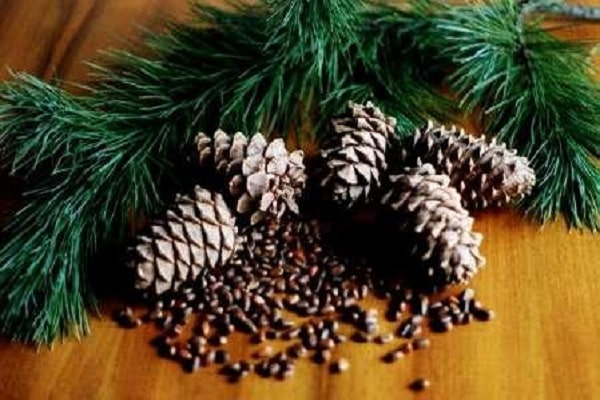
Germination and reproduction methods
Gardeners have been breeding various types of cedars for a long time. They reproduce in several ways: by seeds and cuttings.
Seeds
Growing a cedar from a nut is a matter that takes time and effort. The result depends on the quality of the planting material. Pine nuts bought in a regular store are not suitable for these purposes - they are shelled and fried.
Cedar seed germination remains high for one year. Then it decreases: for two-year-olds the indicator is 50%.
The reasons why gardeners prefer seed propagation to the purchase of ready-made seedlings are the higher price of seedlings and the likelihood that they will not take root. For breeding cedars, cones with the largest nuts are chosen, which are soaked, disinfected and stratified before planting.
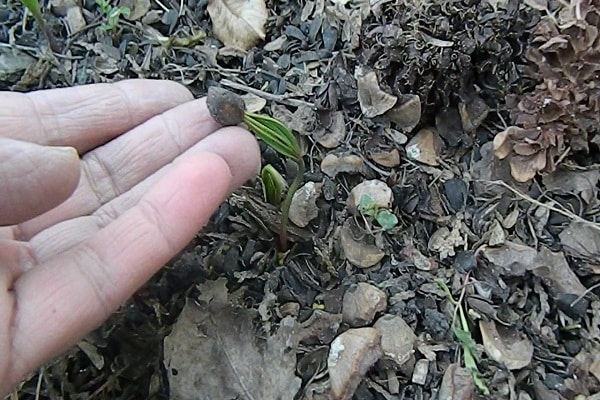
Cuttings
Reproduction of cedars by cuttings is a faster, but also laborious way. Green cuttings taken from fruit-bearing plants during bud swelling are used as planting material. The length of the branches is no more than 10 centimeters, they are cut from the lateral branches of the first or second order.
Cedar planting technology at home
To grow cedar at home, select high-quality seeds. They are purchased in a specialized store or collected by yourself from a tree. The harvest period for ripe cedar cones is from late October to November.
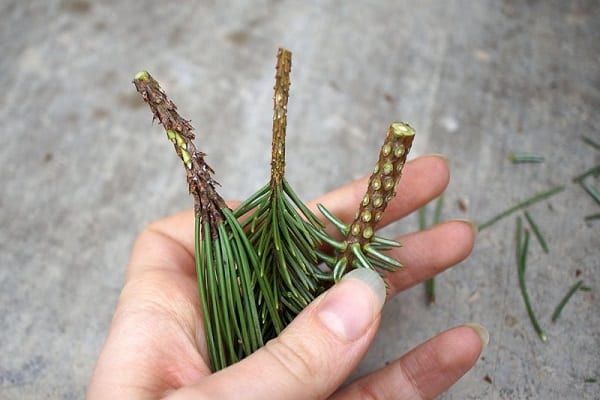
Landing dates
Not all gardeners know exactly when to plant cedar seeds when grown indoors. It is believed that the best time for planting is April and May. In this case, the seeds must first be stratified, otherwise the germination period may drag on for a whole year.
Preparation of natural material
Before sowing cedar seeds, they need to be prepared. This procedure includes several stages.
- Soak. The seeds are placed in hot water and soaked in it for 2-3 days.
- Cold stratification - immersion in moist fine-grained sand and storage for 3 months in a cellar or on the bottom shelf of a refrigerator. Every 15 days, airing and moistening the mixture, eliminating rotten or moldy seeds is required.
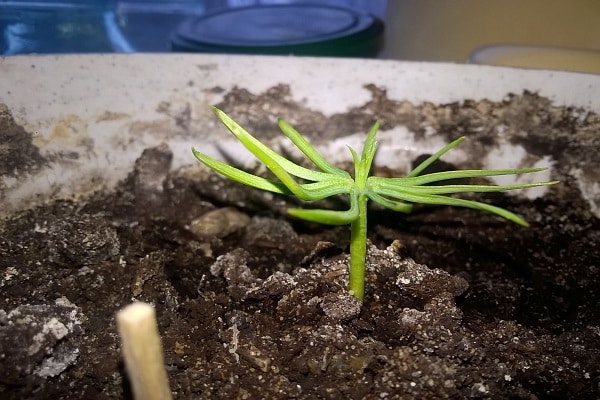
Blackleg and pest control
To protect against fungal disease, the black leg and other pests are treated with a pale pink solution of potassium permanganate and fungicide. This can be done 2 times a month.
Soil composition and container volume
You can plant cedar seeds in the substrate. The most suitable are loamy and sandy loam soils, as well as mixtures of sand and peat. The volume of the pots should be about 300 milliliters, their height is about 8 centimeters.
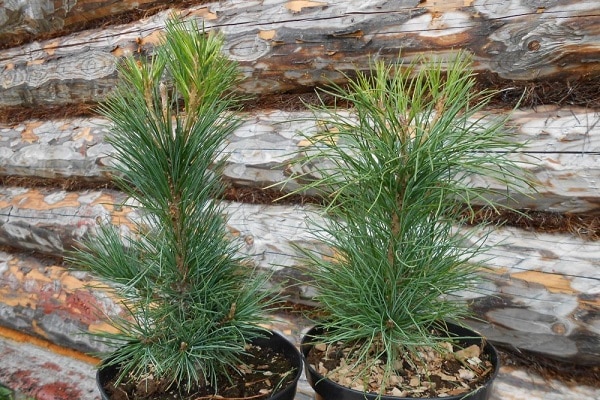
Planting and germination of a young tree
Pine nuts are deepened into the soil by 3 centimeters so that the developing sprouts can more easily get rid of the shell. It is recommended to put young crops in well-lit places, while protecting them from direct sunlight.
The soil should be mulched and watered regularly. In the room where the seedlings are located, the temperature must be maintained at 20-22 FROM.
Rules for caring for home needles
Household conifers have strict light requirements. If it is insufficient, it is necessary to provide the cedars with additional lighting.In the warm season, they can be taken out on the balcony or in the garden, but this should be done gradually so that tender young trees do not suffer from overheating or, on the contrary, from hypothermia.
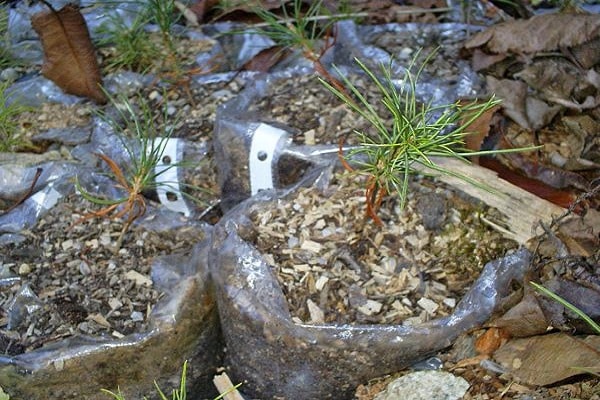
Regularity of watering
Watering cedars should be moderate. With an excess of moisture, there is a risk of root rot. At the same time, it is important to ensure that the soil does not dry out.
Fertilizer
The condition and growth of young conifers is well influenced by feeding. For this, special fertilizers for conifers are used - once in the spring and twice during the summer.
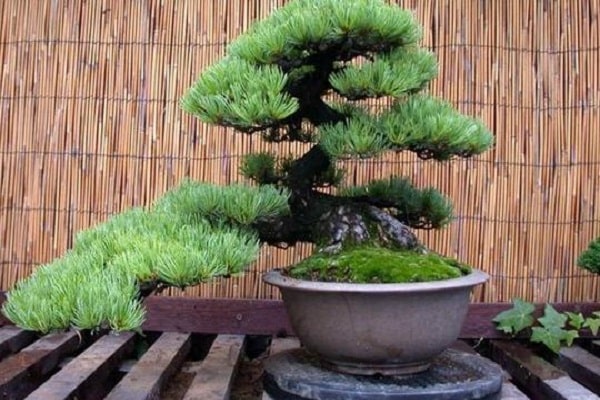
Crown formation
Shaping the crown of a cedar is a simple procedure. In plants not older than 10 years, it is enough just to remove the lower branches. And for young seedlings, you can simply remove the buds.
Wintering plants
Balconies or covered terraces are suitable for wintering cedars grown at home. Sometimes pots with plants are taken out into the garden, at low temperatures they are added dropwise.
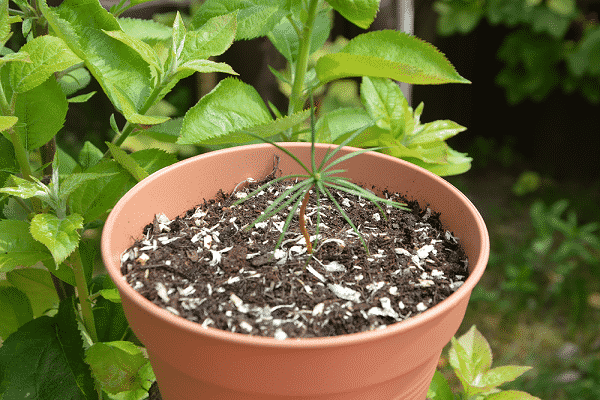
How to plant outdoors
It is quite possible to grow a handsome cedar on a personal plot. There are varieties that are adapted for growing far from their natural range. Young seedlings require a lot of attention and care.
In which areas can a tree be grown
Cedars have been successfully grown for a long time in Central Russia, for example, in the Moscow region, Vladimir and Ivanovo regions, as well as in Siberia, the Urals and Altai. Sprawling conifers can be seen in home gardens, groves and parks. The climatic conditions in our country correspond to the requirements of the breed. Siberian cedar feels especially good outdoors.
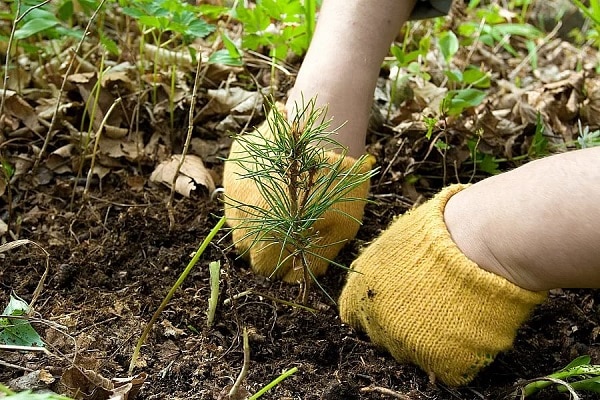
Germinating seeds and preparing cuttings
Seeds for growing plants in the open field are prepared in the same way as those intended for cultivation at home. They are selected, soaked, stratified, treated with fungicides.
A seedling for planting can be grown on its own or purchased from a specialized store. Experienced gardeners prefer to buy cedars that are at least 5-6 years old. However, biennial conifers can also be planted.
Seat selection
By defining, where it is better to plant a seedling in a personal plot, it must be borne in mind that this plant loves warmth and light. Therefore, it is recommended to allocate well-lit, wind-protected places for it.
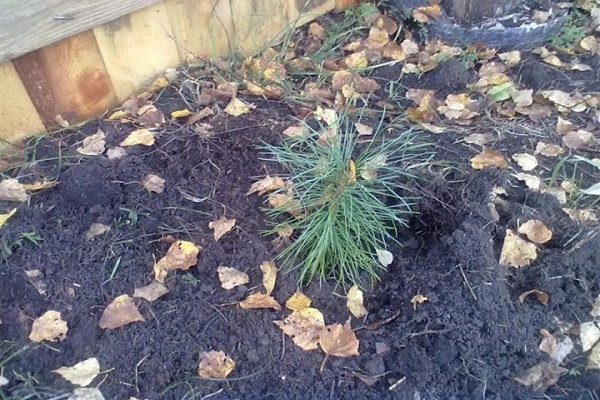
Soil preparation
The soil where the ephedra is planted should be fresh, well-drained, enriched with nutrients, saturated with organic matter. Cedars prefer clay and loamy substrates.
Landing period and scheme
The best time to plant the plant outdoors is spring. In the summer, this should not be done, and in the fall, the period comes again when you can plant an ephedra on the site. It is enough just to wait until the leaf fall of the deciduous representatives of the flora ends.
The planting scheme should take into account that the diameter of the crown of an adult tree is about 6 meters. This distance should be left free around the planting pit. The nearest buildings should be located at a distance of 3 meters, otherwise the roots can destroy the foundation over time.
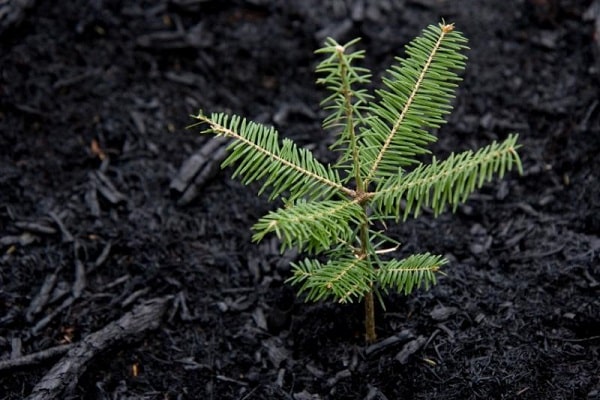
Planting tree care
Young trees are demanding on growing conditions. They grow slowly, so it is necessary to ensure that they are not in the shade of tall plants and do not suffer from a lack of light.
Irrigation
Cedars are equally affected by drought and excess moisture. Therefore, the seedlings should be watered regularly, but in moderation. In hot weather, the needles need to be watered to keep them fresh.
Top dressing
It is recommended to fertilize seedlings three times during one growing season - in May, June and July. For this, a solution of potassium sulfate is used. A year after planting a tree in open ground, you can use nitrogen fertilizers as top dressing.

Insect and pest control
Young seedlings are very vulnerable to diseases and pests, for example, charade or resin crayfish, bark beetle, scale insects, aphids. To protect green pets, it is necessary to clear the weeds from the trunk circle and apply special insecticides.
Is it possible to transplant an adult tree from the forest to the site
You can try to transplant an adult plant into a garden plot. However, for this, a number of conditions must be met, on which it depends whether the tree will take root in a new place:
- its height should not exceed 3 meters, and the trunk diameter - 7 centimeters;
- the earthen lump must be large, and it must be preserved during excavation and transportation;
- practice shows that it is not easy to fulfill the last condition, since at the slightest crumbling of the earthy coma, the feeding roots are damaged.
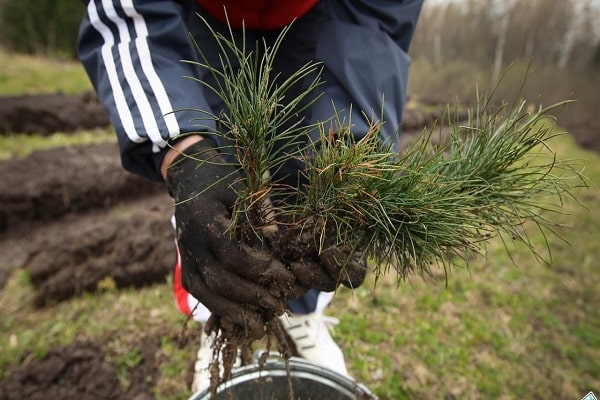
How to care for an adult cedar
Caring for an adult plant consists of ensuring soil breathability, sufficient light levels, seasonal fertilization, moderate infrequent watering, soil mulching and annual pruning.
These simple procedures will allow you to grow a long-lived tree on the site and plant with healing, rich in phytoncides and biologically active substances, air.
